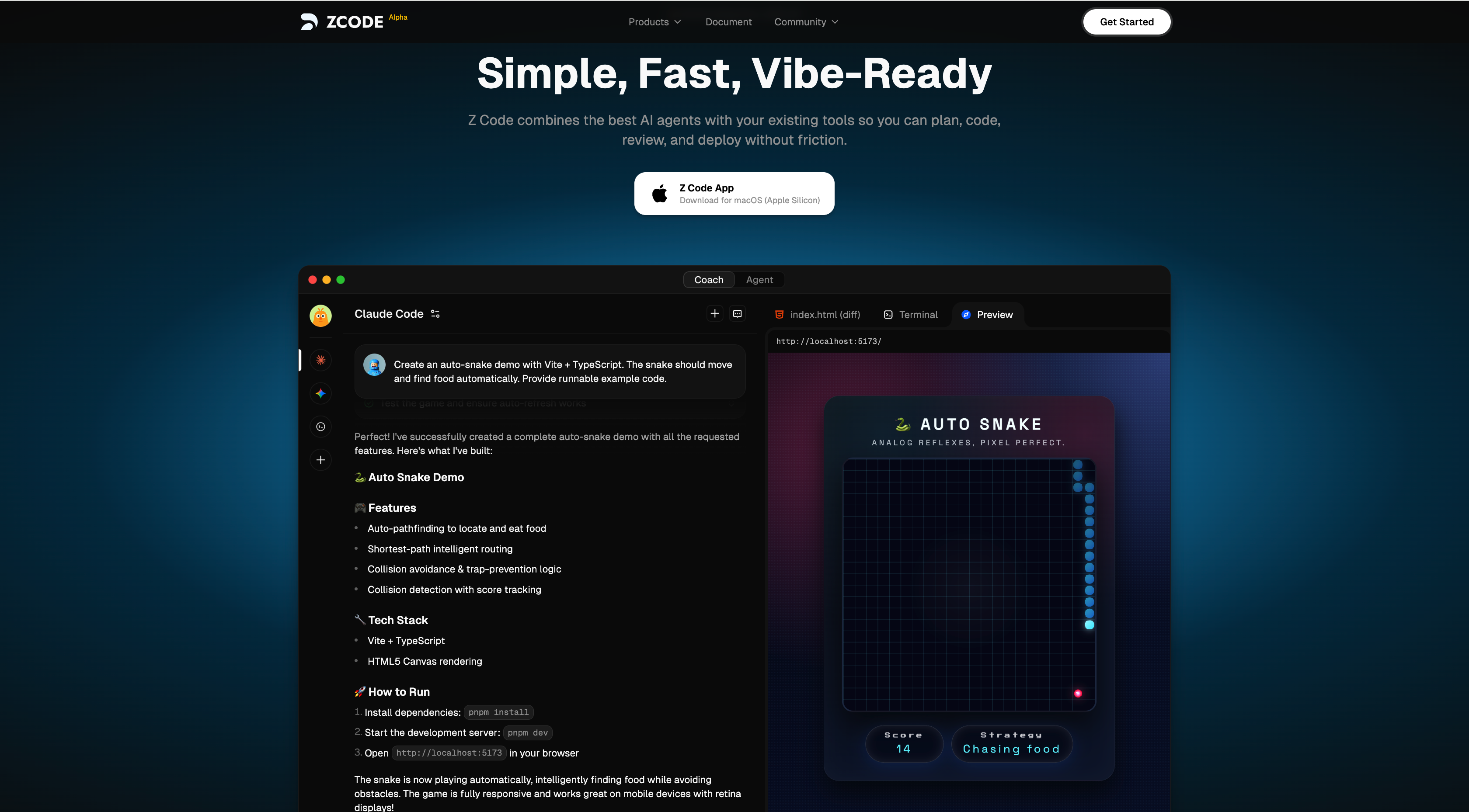On the stage of scientific research, MIT's team has just introduced a new "research agent"—SciAgents, an AI system capable of conducting research autonomously. Its capabilities are so impressive that one cannot help but admire it.
In the field of bionic materials research, SciAgents has uncovered previously unrecognized interdisciplinary connections that were thought to be unrelated, successfully achieving scales, precision, and exploration capabilities that surpass traditional human research.
SciAgents is considered the "super assistant" of the research community. This intelligent system can autonomously read literature, determine research directions, design and execute experiments without any human intervention. Its core consists of three main components: a vast knowledge graph for organizing and linking scientific concepts; a set of advanced language models and data retrieval tools; and a multi-agent system with self-learning capabilities. This unique structure allows SciAgents to tirelessly absorb and process massive amounts of information.

Compared to human researchers, SciAgents excels in understanding information, discovering correlations, and proposing hypotheses. It can not only find unexpected connections from vast amounts of data but also conduct in-depth evaluations and analyses of existing research. This capability has enabled SciAgents to achieve remarkable results in bionic materials research, revealing some hidden interdisciplinary connections.
The workflow of SciAgents is ingeniously designed. It generates a knowledge graph by analyzing scientific papers and then utilizes this information to automate the scientific discovery process. Multiple agents within the system interact with different strategies; some follow predefined task sequences to ensure hypothesis consistency, while others allow free interaction to adapt to changes during the research process. This flexible design even allows human experts to provide feedback during the development phase, further enhancing research quality.

The knowledge graph plays a crucial role in the operation of SciAgents. It integrates various concepts and knowledge, helping the system explore seemingly unrelated hypotheses. Through random path generation and advanced reasoning techniques, SciAgents can extract significant insights from complex data networks, driving deeper scientific exploration.
The emergence of SciAgents brings new possibilities to scientific research. In the field of bionic materials, it has already shown great potential, promising to accelerate the development of materials science. From insect structures to plant mechanisms, the autonomous research capabilities of AI systems are turning science fiction into reality.
Moreover, the application prospects of SciAgents extend far beyond this. It is expected to provide innovative solutions for major challenges such as new drug development and environmental issues. In the future, collaboration between researchers and AI systems may lead to more groundbreaking scientific discoveries.
However, the advent of SciAgents also raises some considerations. Although it demonstrates formidable capabilities, the creativity, intuition, and critical thinking of human researchers remain indispensable. Balancing the efficiency of AI systems with the unique value of human insights will be an important issue for the research community to explore.
Paper address: https://arxiv.org/pdf/2409.05556










